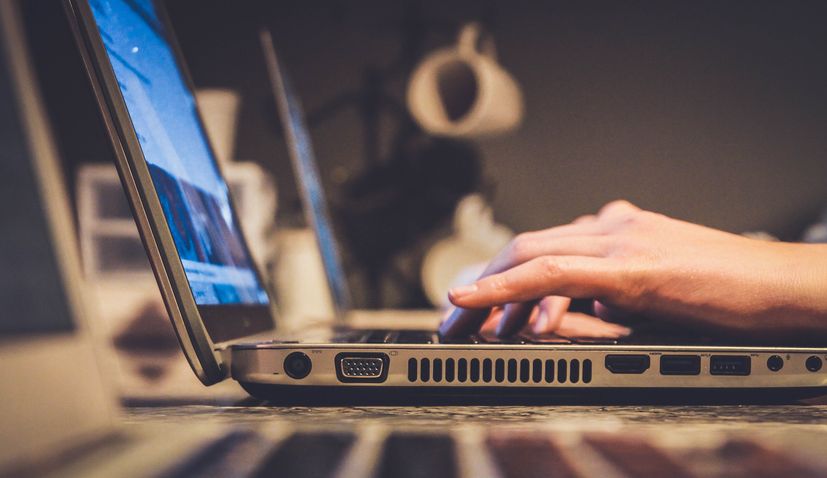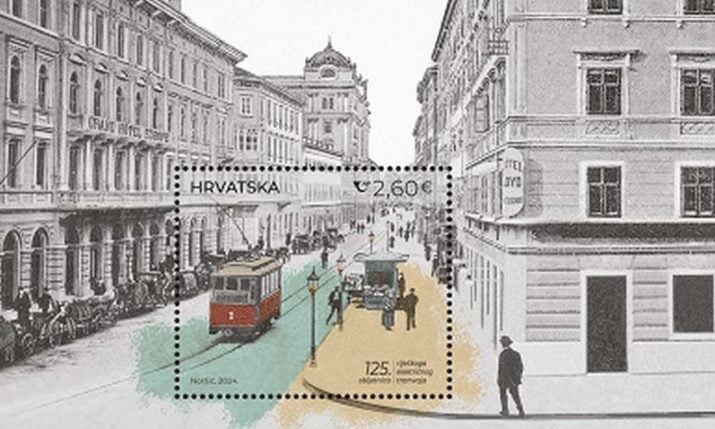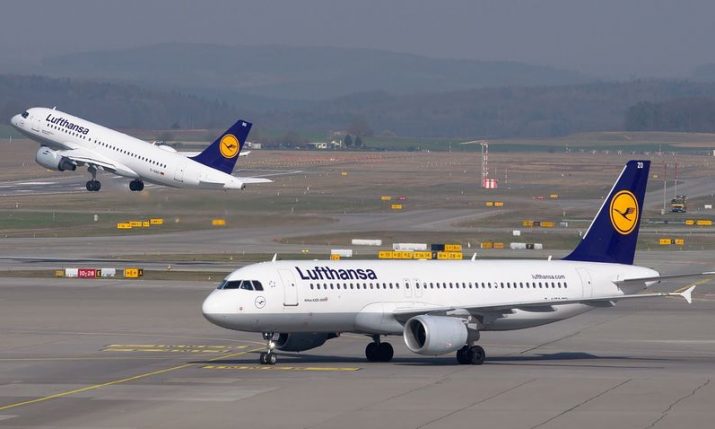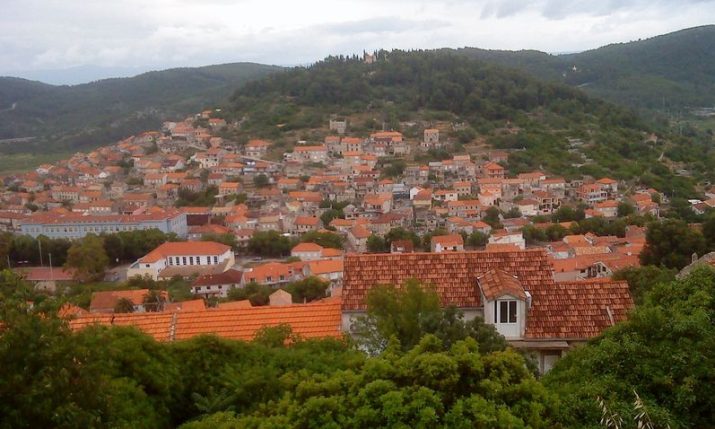85% of Croatian households have Internet access, 77% a PC
- by croatiaweek
- in News

ZAGREB, Dec 5 (Hina) – Seventy-seven percent of Croatian households have a personal computer and 85% have Internet access, which is three and four percentage points more respectively than in 2019, show data from the national statistical office (DZS).
The data show that almost all households have broadband Internet access and that compared to last year there are small differences only with regard to the type of access, with 86% of households having only fixed broadband Internet access, one percentage point down from 2019.
The share of households that only have mobile broadband Internet access has grown by one percentage point, to 71%.
As in 2019, younger and middle-aged people, in the 16-54 age group, use computers and Internet access the most. Men do so more than women, except in the 35-44 age group, where women use computers slightly more than men.
Broken down by work status, students as the youngest group use computers and the Internet the most and their use decreases with age.
Most citizens use the Internet to read news and magazines, obtain information on products and services, and watch content on Youtube.
Online shopping at 2019 level
Even though online shopping was expected to increase due to remote work and other reasons caused by the coronavirus pandemic, the latest statistics do not indicate such a trend, with 46% of Internet users having bought goods and services online as against 45% in 2019.
They mostly bought clothing, footwear, jewelry and bags (58%), followed by telecommunications services, computers, tablets and the like.
The DSZ statistics also include, for the first time, data on the use of the Internet of things i.e. intelligent Internet devices that are grouped into domestic appliances, security and energy management systems, and virtual assistants.
The statistics show that 20% of Internet users use some of those devices, mostly virtual assistants (11%), which are followed by IoT household appliances (6%), security devices (5%) and energy management systems (4%).









